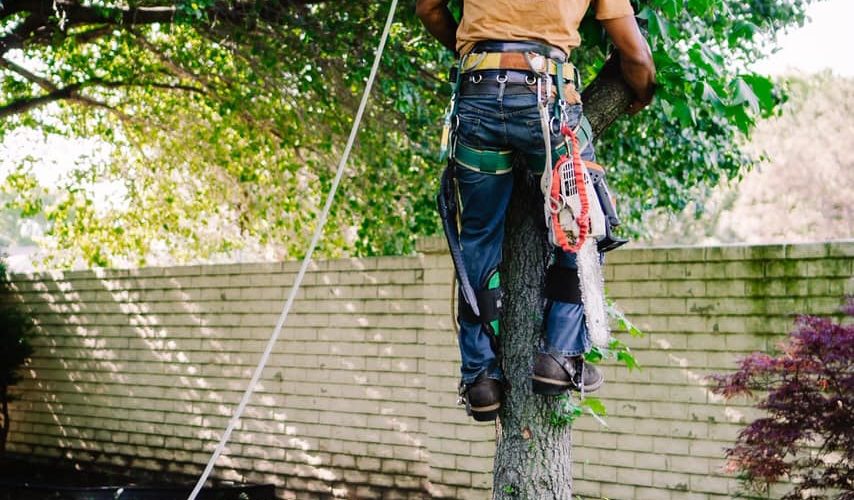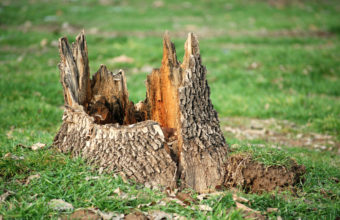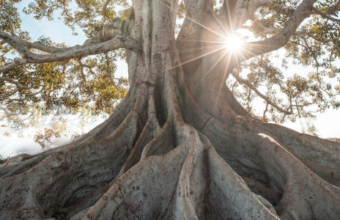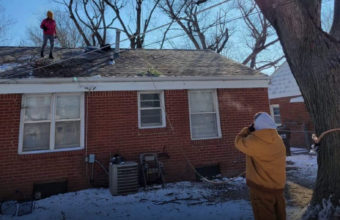Trimming trees, when done responsibly and with consideration for the environment, is generally not bad for the environment and can even have positive effects.
It’s important to approach tree trimming with care and adhere to certain guidelines…
- Pruning Techniques – Using proper pruning techniques is crucial. Avoid excessive or inappropriate pruning that can harm the tree. Over-pruning or removing too many branches can stress the tree and make it more susceptible to diseases.
- Timing – Trimming at the right time of the year is important. Pruning during the dormant season is often recommended, as it minimizes stress on the tree. Avoid pruning during the active growing season, as this can make the tree more vulnerable to pests and diseases.
- Wildlife Considerations – Be mindful of wildlife that may use trees for nesting or as habitats. Check for nests before trimming and avoid disrupting nesting birds or other wildlife.
- Proper Waste Disposal – Dispose of trimmed branches and debris properly. If possible, use the trimmings for mulch or compost. Avoid dumping green waste in natural areas where it can disrupt ecosystems.
- Local Regulations – Check with local authorities to understand any regulations regarding tree trimming. Some areas may have rules in place to protect certain tree species or habitats.
- Professional Arborists – For significant tree pruning or large trees, consider hiring a certified arborist. They have the expertise to trim trees safely and sustainably, ensuring the health of the tree and minimizing environmental impact.
While responsible tree trimming can be beneficial for the health and safety of trees, approach it with care and awareness of the potential impact on the environment. If done improperly or without consideration for the tree’s well-being, it can lead to negative consequences for the ecosystem.






